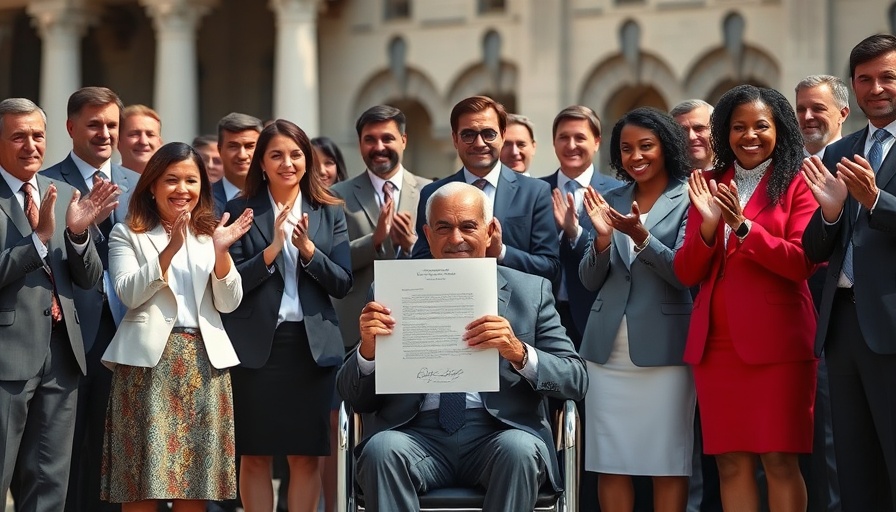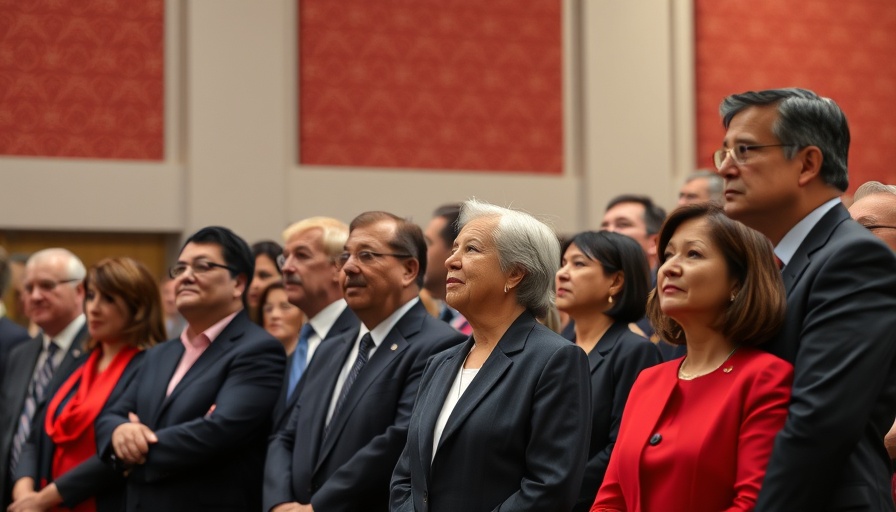
Federal Funding at Risk: An Urgent Battle for Public Media
In 2025, PBS and NPR faced a critical threat to their federal funding, with Congress poised to vote on a proposal that could eliminate more than $500 million per year from public media. This debate was not merely financial; it was a crucial moment for the future of public broadcasting in America, a system long cherished for its commitment to informing and engaging the public.
Why This Funding Matters: Voices from Across America
As Paula Kerger, PBS’s chief executive, underscored, public media is intertwined within the fabric of American culture. She gathered celebrity endorsement for a campaign aimed at emphasizing the importance of this funding, highlighting participation in lively civic discussions—from local community events to national celebrations like July 4th. The impending legislative decision left many broadcasters, from prominent figures in Washington D.C. to smaller stations in rural America, reaching out to their senators, urging them to consider the cultural implications of cutting public media funding.
The Ripple Effects: Possible Outcomes of Funding Cuts
Ed Ulman, CEO of Alaska Public Media, made a poignant case on the adverse impacts of proposed funding cuts. With potential shutdowns looming for many local organizations, the consequences of this decision extend far beyond financial numbers. Local content creation, educational programming, and community-oriented journalism could face dire limitations, diminishing the diversity and quality of information available to the public.
Public Sentiment: Engaging the Viewers
The fight isn’t only on Capitol Hill but also in homes across the nation. Public broadcasting has built a loyal audience drawn from a variety of backgrounds, highlighting a strong community connection. As hosts like Bill Nye and Kerry Washington take to social media to rally support, the audience's role as advocates becomes a powerful narrative thread. Engaging listeners and viewers is integral to persuading lawmakers: listeners are urged to express their support actively, emphasizing the public’s value of this vital media service.
Addressing Misconceptions: The Role of Public Broadcasting
Despite broader societal shifts in media consumption, misconceptions about public broadcasting's funding and reach persist. Many may not realize the reliance of local stations on federal grants, alongside their fundraising efforts. Understanding the role of federal funding in fostering a diverse media landscape can empower citizens to advocate for preservation, not eradication.
The Future of Public Media: Trends and Opportunities
Looking ahead, the outcome of this funding battle may set a precedent for public media. Analysts suggest that if the funding cuts pass, stations may need to explore alternative revenue streams, potentially jeopardizing the mission of providing reliable, funded media sources without commercial influence. This precarious situation hints at the urgent need for public media to innovate and adapt in an evolving media landscape while staying true to its core mission: to serve the public.
Next Steps: How You Can Help Public Media
The most profound takeaway from this ongoing struggle for funding is the call for public involvement. Civically engaged citizens can contribute by reaching out to their elected officials, emphasizing their support for NPR and PBS. Every email, letter, or social media post counts in this decisive moment.
With public media facing existential challenges, it remains crucial for the public to advocate for support, ensuring that quality journalism continues to have a place in an increasingly fragmented media landscape. As we contemplate the potential impacts on access to informative content across the nation, let’s stand together for a future where public broadcasting thrives.
 Add Row
Add Row 
 Add
Add 


 Add Row
Add Row 
 Add
Add
Write A Comment